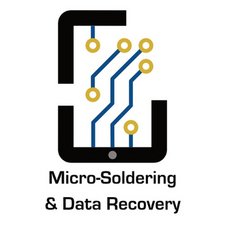Home Button Connector Repair
Just an avid DIY guy here......I've been obsessed with watching microsoldering videos to learn how to do some more heavy repair stuff. Clearly, I should have practiced a LOT more before attempting my first repair at replacing the home button connector on an iPad Air board......needless to say I failed with not enough heat and ripped off some pads.
Need some advice from any pros out there in the microsoldering community.
Judging from the schematics, I see that the home button connector uses only3 pads:
Pad #1: GPIO_BTN_HOME_CONN_L
Pad #3: PMU_GPIO_MB_HALL2_IRO_FILT
Pad #13 PP3V0_S2R_HALL_FILT
It looks like my number 3 pad might still hold a connection, and my power line (13) is still in tact.
So now I think what I need to do is:
Solder a new connector back in place and make sure 3 and 13 have a solid connection.
Then, run a jumber from Pad #1 to the testing point on the back side of the board as indicated in the schematics.
Am I on track here? I’ve also read about using a knife to slice into the line underneath to try and establish a connection. Should I try that? Does anyone have experience with something like this? And what kind of jumper wire should I use?
Any help would be appreciated.



Is this a good question?


 15
15  295
295  808
808 


